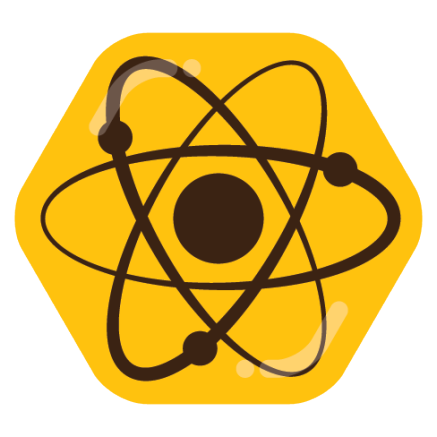As the 2024 U.S. presidential election unfolded, many young Americans found themselves emotionally drained—not just by the outcome, but by the long months of anticipation and constant news coverage.
Yeah, the constant news coverage is why I have blocked every news community on here, and still the villain pursues me.
Well, this is somewhat of a tedious slog to figure out what “young adults” are defined as.
From the abstract:
Sociodemographic characteristics and descriptive statistics for the analytic sample are presented in Table 1. Notably, the sample had a mean age of 29.11 years. Among participants, 79.7 % identified as cisgender women, and 31.3 % identified as gender and/or sexual minorities. The majority of participants held at least a college degree (88.1 %) and identified as very liberal or liberal (72.6 %). At Wave 5, approximately one-quarter of participants met symptom-based thresholds for at least …
Ellipsis not mine. Good thing we get to a fourth significant figure on age, though.
So, we have an absurdly skewed dataset … I’ll round, because this is … not data. Eight in 10 are women and nine in 10 have at least a bachelor’s. That’s going to get you results, but how they apply to the population in general is an exercise for statisticians who should know better.
If you want to say “most college-educated women,” we have a starting point, though still no clear age range, which is a fatal flaw for the premise of the conclusion. It’s unclear what setting up a survey under these conditions was intended to measure.




